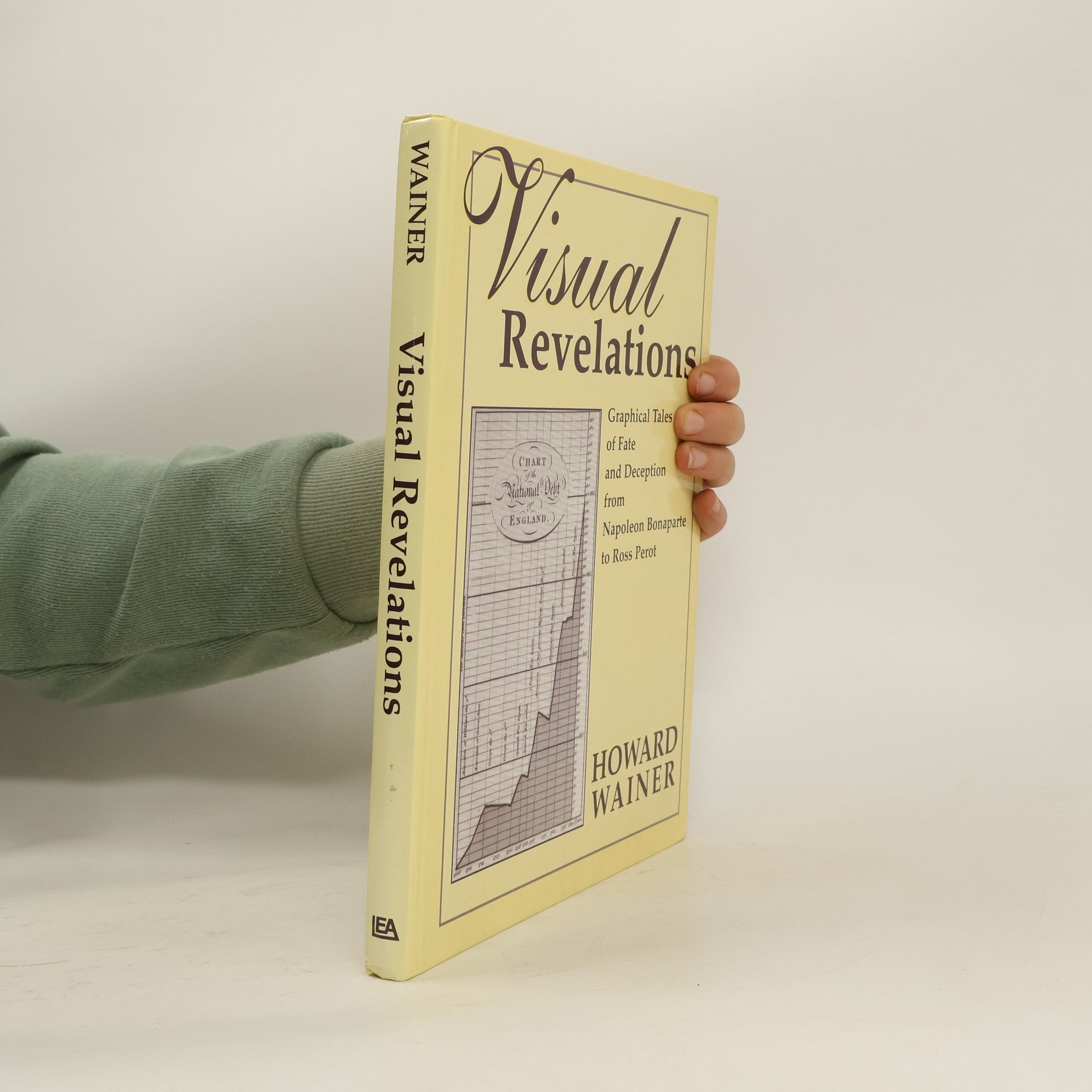Visual Revelations
Graphical tales of fate and deception from Napoleon Bonaparte to Ross Perot
To function in modern society complex data must be absorbed and understood at a breakneck pace. The most efficient way to do this is through data-based graphics. This book is an exploration and celebration of graphical methods of data presentation.Visual Revelations' principal purpose is to enlighten, inform, and amuse the reader regarding the shortcomings of common graphical practices; particularly how they can misinform while simultaneously providing models of wonderful graphics. There are many examples of the best graphic practice, graphs that go beyond conveying, facts, and structure to be able to carry emotion as well.Aimed at an educated, lay audience, this volume benefits anyone who must either convey or receive quantitative information, including designers, statisticians, and people in the media.

